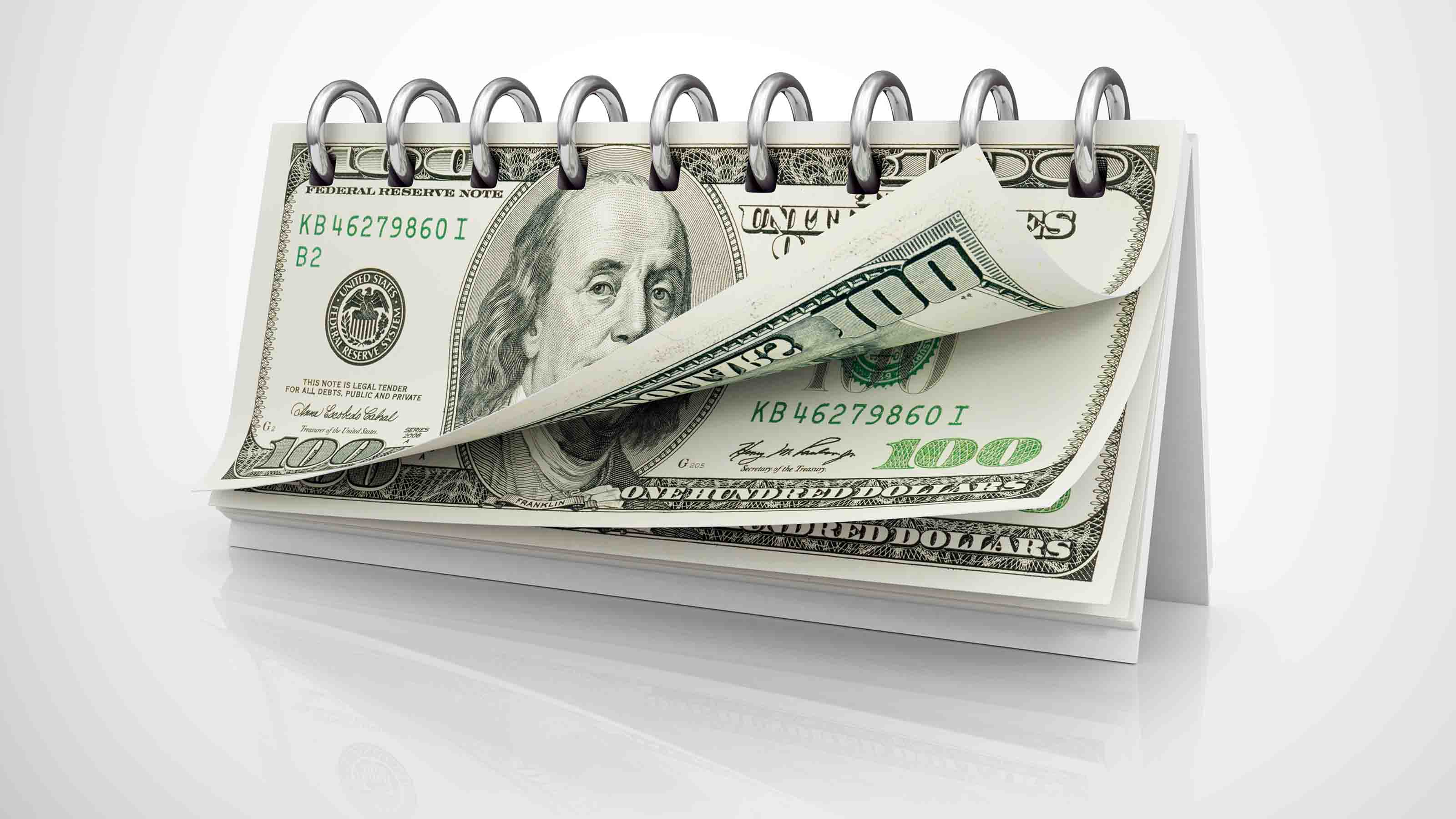2019 Midyear Outlook for Income Investing
Between now and year-end, you can expect all to be quiet on the income front.

At its midpoint, 2019 promises to be another rewarding year for income investors. With U.S. interest rates flat or falling—the 10-year Treasury bond yield is below 2.5% again—total returns on bonds and yield-oriented alternatives, such as preferred stocks, real estate investment trusts and master limited partnerships, are far into the green, overcoming by a long shot last winter’s low expectations (including, alas, my own premature caution on BBB-rated corporate bonds).
There’s simply a surplus of yield-seeking money in America and elsewhere and a chronic lack of safe and appropriate investments. The brute forces of supply and demand boost returns, but so do restrained interest rates and the inflation-strangling effects of technology and increasing efficiency in the everyday economy. This is the way of the world today: The global inflation rate is around 3%, close to a 40-year low, and interest rates and credit markets from Australia to Brazil to India to Thailand are channeling the favorable trend.
Stay the course. For your portfolio allocation and strategy, figure that for the rest of the year the bond market will continue the course it has been on since the credit crisis and recession of a decade ago, with only a few brief stumbles. The sweet, early-2019 total returns, such as 4% to 6% for tax-exempt bonds and 16% for property-owning REITs, aren’t going to double by December, but neither is there any reason to grab profits out of fear of things collapsing. Breaking even on principal and pocketing interest and dividends between now and year-end would be a fine outcome and one that I think is realistic. (Prices, returns and other data are through May 17.)

Sign up for Kiplinger’s Free E-Newsletters
Profit and prosper with the best of expert advice on investing, taxes, retirement, personal finance and more - straight to your e-mail.
Profit and prosper with the best of expert advice - straight to your e-mail.
If the stock market implodes—and I’m not predicting it will—because of tariffs, tweets, weak earnings, Brexit or who knows what else, then high-quality bonds and solid dividend-paying investments, such as specialty finance firms Ares Capital (ARCC, $18, yield 9.0%) and Hannon Armstrong Sustainable Infrastructure Capital (HASI, $26, 5.1%), would benefit or at least hold their own.
My positive outlook for the year is supported by my unshakable belief in the doctrine called “lower for longer,” referring to both interest rates and inflation. Longtime readers know that it took pundits most of this decade to accept that the monetary world has changed. Deutsche Bank notes that not until 2017 did the Federal Reserve’s quarterly survey of professional forecasters stop assuming interest rates would soon spike, slamming income investments. Most are coming around now, but not all, so I sought out some of my fellow early lower-for-longer adherents to check for signs of wavering.
Krishna Memani, the chief investment officer of Oppenheimer Funds, has been spot-on for seven years and counting. A few weeks ago, he told me point blank to expect “five more years” of favorable credit market trends. He expects U.S. economic growth to trend at 2%, which I consider the perfect pace for bondholders and dividend-growth investors. He adds that “there’s a total lack of inflation” other than blips from something transitory, such as gasoline prices.
Rick Rieder, fixed-income chief at BlackRock, reiterated that the immutable worldwide shift from farming and manufacturing to services and intangible goods means economies everywhere can grow faster without igniting inflation at levels seen in the past. This keeps interest rates down and boosts both stock and bond returns. Rieder isn’t promising five more years of bliss. But five years ago, who would’ve thought we’d see what we’ve seen? So, everyone, carry on.
Get Kiplinger Today newsletter — free
Profit and prosper with the best of Kiplinger's advice on investing, taxes, retirement, personal finance and much more. Delivered daily. Enter your email in the box and click Sign Me Up.

-
 The AI Doctor Coming to Read Your Test Results
The AI Doctor Coming to Read Your Test ResultsThe Kiplinger Letter There’s big opportunity for AI tools that analyze CAT scans, MRIs and other medical images. But there are also big challenges that human clinicians and tech companies will have to overcome.
By John Miley Published
-
 The Best Places for LGBTQ People to Retire Abroad
The Best Places for LGBTQ People to Retire AbroadLGBTQ people can safely retire abroad, but they must know a country’s laws and level of support — going beyond the usual retirement considerations.
By Drew Limsky Published
-
 Why Investors Needn't Worry About U.S. Credit Downgrade
Why Investors Needn't Worry About U.S. Credit DowngradeFitch Ratings The United States saw its credit rating downgraded for just the second time in history, but experts aren't worried about the long-term damage to stocks.
By Dan Burrows Published
-
 Income-Investing Picks for a Recession
Income-Investing Picks for a RecessionInvesting for Income Some consequences of an economic downturn work to the benefit of fixed-income investors. Here are three fund ideas that fit the bill.
By Jeffrey R. Kosnett Published
-
 Dogs of the Dow Are 2022's Best in Show
Dogs of the Dow Are 2022's Best in Showdividend stocks Some of the best investments for income investors in a volatile 2022 have come from the Dogs of the Dow.
By Jeffrey R. Kosnett Published
-
 Bond Values in a Volatile Market
Bond Values in a Volatile MarketInvesting for Income While the market's instability may not be over just yet, the latter half of the year should be less daunting – and possibly more rewarding – for investors.
By Jeffrey R. Kosnett Published
-
 Should You Buy Bonds Now? What To Consider
Should You Buy Bonds Now? What To Considerbonds The fixed-income market has been turned on its head in recent years, but there are still opportunities for those looking to buy bonds again.
By James K. Glassman Last updated
-
 Dividend Dates: A Beginner's Guide
Dividend Dates: A Beginner's Guidedividend stocks Everything you need to know about ex-dividend dates, dividend announcements and other parts of the dividend calendar.
By Charles Lewis Sizemore, CFA Published
-
 Income Investors Should Look Beyond the Ukraine Invasion
Income Investors Should Look Beyond the Ukraine Invasionstocks Unless you invested in a Russian-themed ETF or an emerging markets index fund, the destruction of Moscow's capital markets is a distraction for investors.
By Jeffrey R. Kosnett Published
-
 Consider Short-Term Bond Funds
Consider Short-Term Bond FundsInvesting for Income These funds own the kind of stuff that benefits from a healthy economy and can withstand the Fed's rate hikes.
By Jeffrey R. Kosnett Published